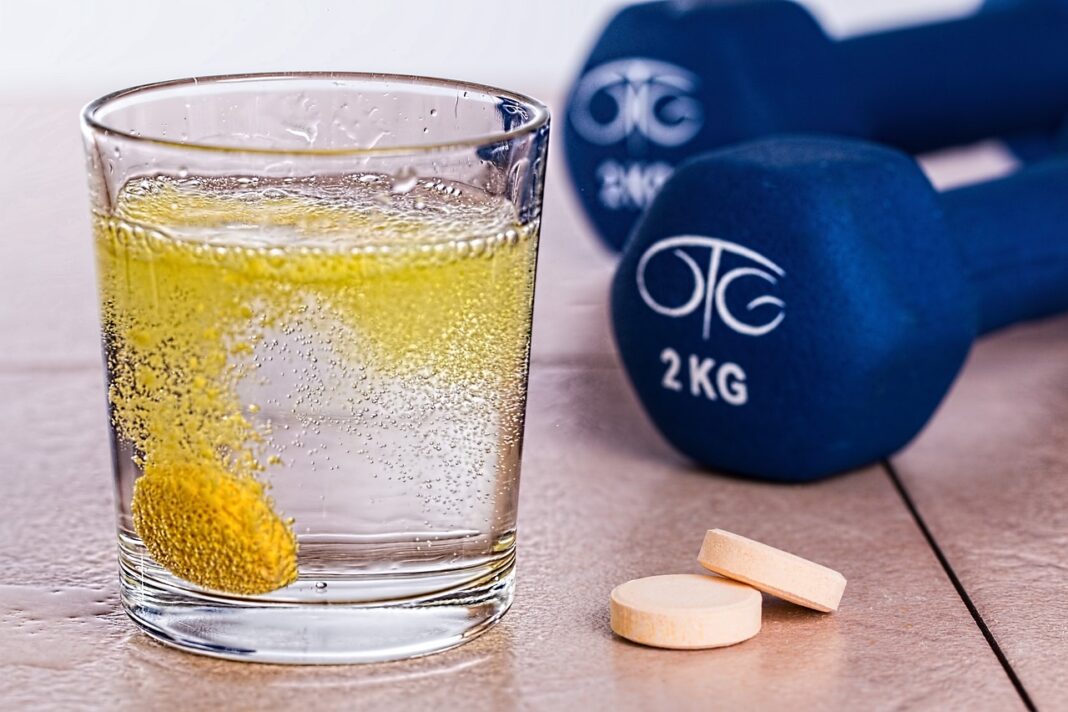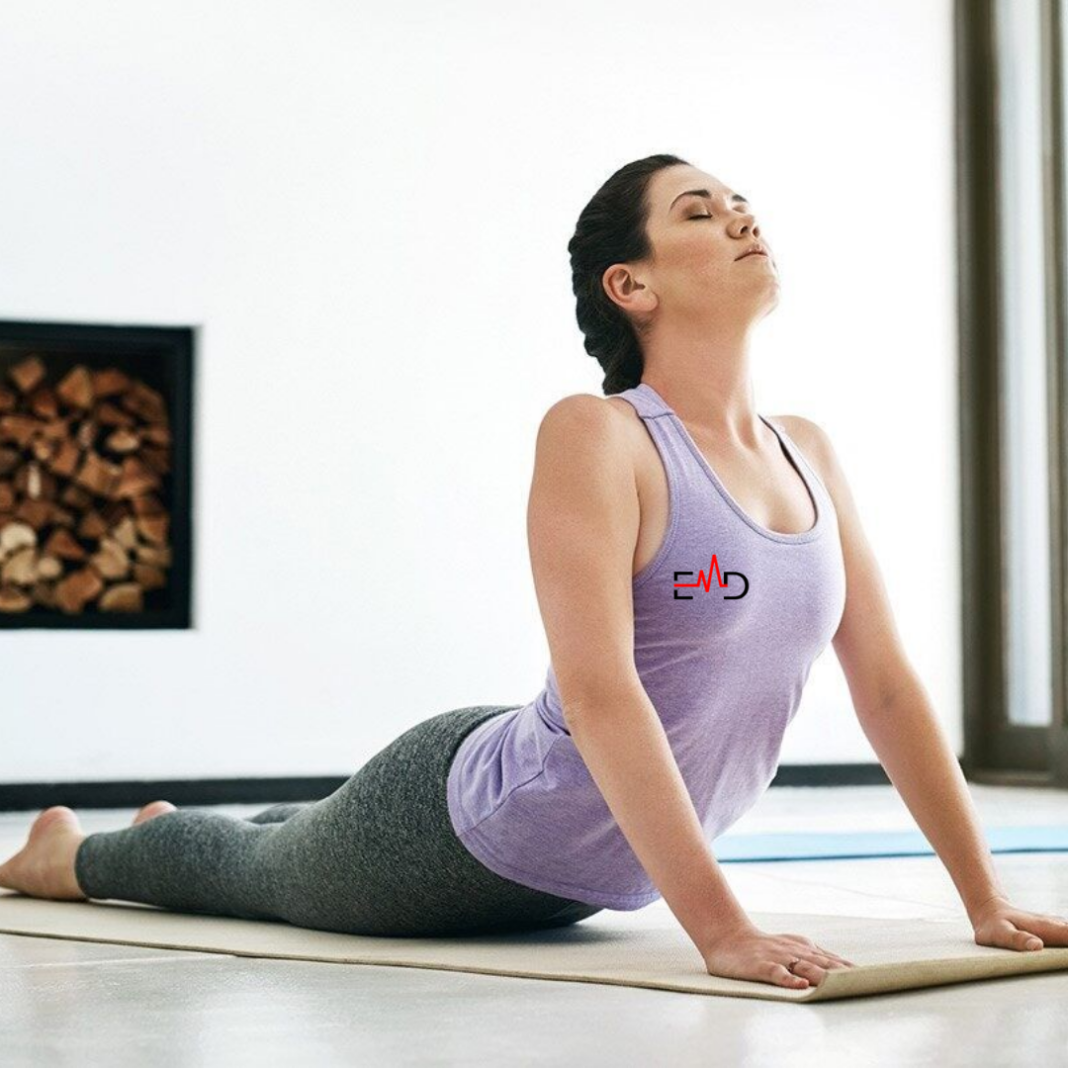Exercise Daily – When it comes to shedding those extra pounds and keeping them off, the role of exercise and physical activity cannot be overstated. Let’s delve into the intricacies of how exercise contributes to weight loss and, more importantly, how it helps in maintaining a healthy weight.
Before we dive into the world of exercise, it’s crucial to understand what weight loss entails. Weight loss isn’t just about looking better but improving your overall health. Excess weight can lead to various health issues, including heart disease, diabetes, and joint problems.
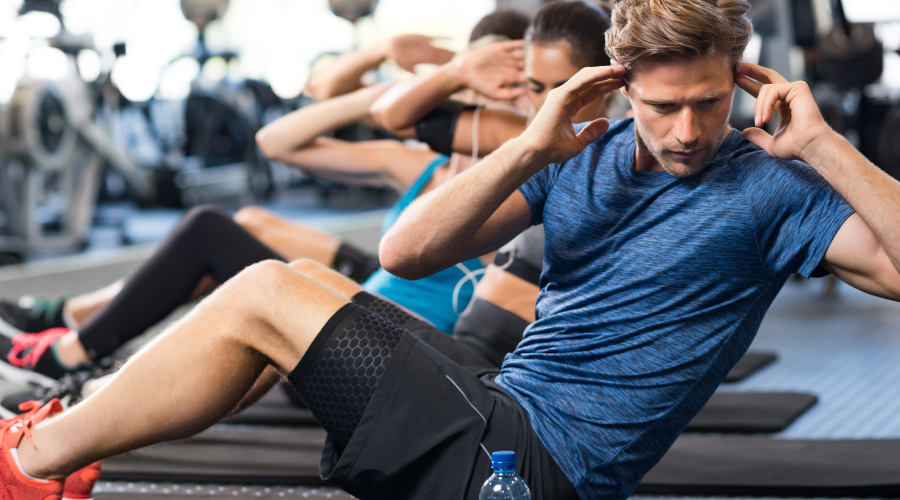
Role of Diet in Weight Loss
Diet plays a fundamental role in weight loss. To effectively shed those extra pounds, you must consume fewer calories than you burn. A balanced diet rich in nutrients is the foundation of any successful weight loss journey.
Physical Activity and Weight Loss
Now, let’s talk about exercise. Physical activity is the key to accelerating weight loss. Hence, It helps you burn calories, which is essential for creating a calorie deficit, the foundation of weight loss.
Physical activity is your steadfast companion when achieving your weight loss goals. It’s the catalyst that propels you towards a healthier, slimmer you. Let’s explore the profound impact it has on your weight loss journey.
1. The Calorie Equation
Weight loss fundamentally revolves around calories. To shed pounds, you must create a calorie deficit, where you burn more calories than you consume. Physical activity is your most potent tool for increasing calorie expenditure.
2. Burn Calories, Shed Pounds
Engaging in physical activity causes your body to burn calories. The more vigorous the activity, the more calories you torch. This caloric burn extends beyond the workout; your body continues to burn calories even during recovery.
3. Cardiovascular Exercise
Cardiovascular exercises, frequently known as cardio, are outstanding calorie burners. Furthermore, activities such as running, brisk walking, cycling, and swimming elevate your heart rate and sustain it over an extended duration. Consequently, this sustained effort results in a substantial calorie expenditure.
4. Strength Training’s Metabolic Boost
Strength training, while not as calorie-intensive during the workout as cardio, offers unique benefits for weight loss. As you build lean muscle, your resting metabolic rate increases. This means you burn more calories even when you’re at rest. Over time, this can substantially impact your weight loss journey.
5. High-Intensity Interval Training (HIIT)
If you’re looking to maximize calorie burn in a short amount of time, HIIT is your go-to option. HIIT workouts involve alternating between short bursts of high-intensity exercise and brief recovery periods. This intensity results in a higher calorie burn per minute than steady-state cardio.
6. Consistency is Key
To see consistent weight loss results, consistency in physical activity is paramount. Regular exercise not only burns calories but also helps in building the habit of an active lifestyle.
7. Beyond the Scale
Physical activity offers more than just weight loss. It improves cardiovascular health, reduces the risk of chronic diseases, enhances mood, and boosts overall well-being. It’s not just about the number on the scale; it’s about feeling healthier and more vibrant.
8. Combining Diet and Exercise
While exercise plays a crucial role, it’s most effective with a balanced diet. Diet provides the foundation for calorie control, while exercise enhances the calorie deficit. Together, they create a powerful synergy for weight loss.
9. Adapting to Your Lifestyle
The beauty of physical activity is its versatility. You can choose activities that align with your interests and schedule. Whether dancing, hiking, playing sports, or hitting the gym, find what suits you best to maintain consistency.
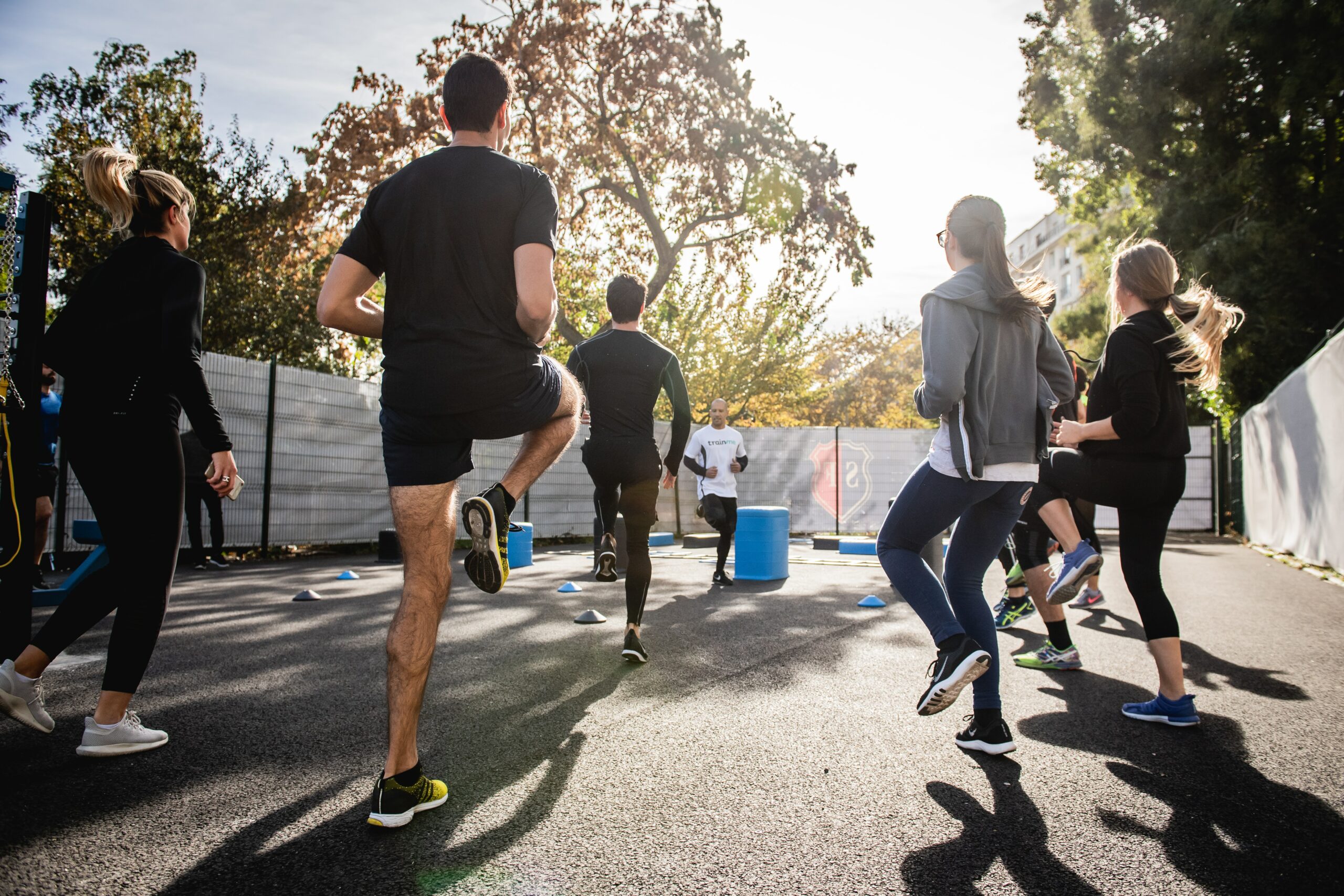
Role of Exercise and Physical Activity in Athletes’ Performance
Exercise and physical activity are foundational in enhancing athletes’ performance across various sports and disciplines. Whether you’re a professional athlete or a recreational one, the right training regimen can significantly impact your abilities. Let’s explore the key aspects of exercise and physical activity in improving athletic performance.
1. Enhanced Strength and Power
Strength Training: Resistance training helps build muscle strength and power, which are essential for sports that require explosive movements, such as sprinting, weightlifting, or jumping.
2. Improved Endurance
Cardiovascular Training: Endurance athletes like marathon runners or cyclists benefit from cardio exercises, which improve cardiovascular efficiency and the body’s ability to deliver oxygen to muscles.
3. Increased Speed and Agility
Speed and Agility Drills: Sports-specific drills and exercises can enhance an athlete’s speed, agility, and quick reaction time, which is crucial in sports like soccer, basketball, or tennis.
4. Flexibility and Range of Motion
Stretching and Mobility Work: Maintaining flexibility and range of motion through stretching and mobility exercises can prevent injuries and improve overall performance, especially in activities requiring flexibility, like gymnastics or martial arts.
5. Balance and Coordination
Balance Training: Sports that demand balance and coordination, such as surfing or gymnastics, benefit from balance training exercises that improve proprioception and stability.
6. Injury Prevention
Core Strengthening: A strong core stabilizes the body, reducing the risk of injuries. Exercises like planks and Russian twists can improve core strength.
7. Mental Toughness
Mental Conditioning: Exercise contributes to mental resilience and focus. Physical activity can help athletes handle pressure, stay composed, and maintain a winning mindset.
8. Recovery and Regeneration
Active Recovery: Gentle physical activity like light jogging or swimming can aid in recovery by increasing blood flow to muscles and reducing post-workout soreness.
9. Periodization and Training Plans
Structured Training: Periodization, involving the division of training into distinct phases, plays a pivotal role in assisting athletes in reaching their peak performance at precisely the right moment. Within these structured training plans, coaches incorporate a wide array of exercises and intensities to optimize overall performance effectively.
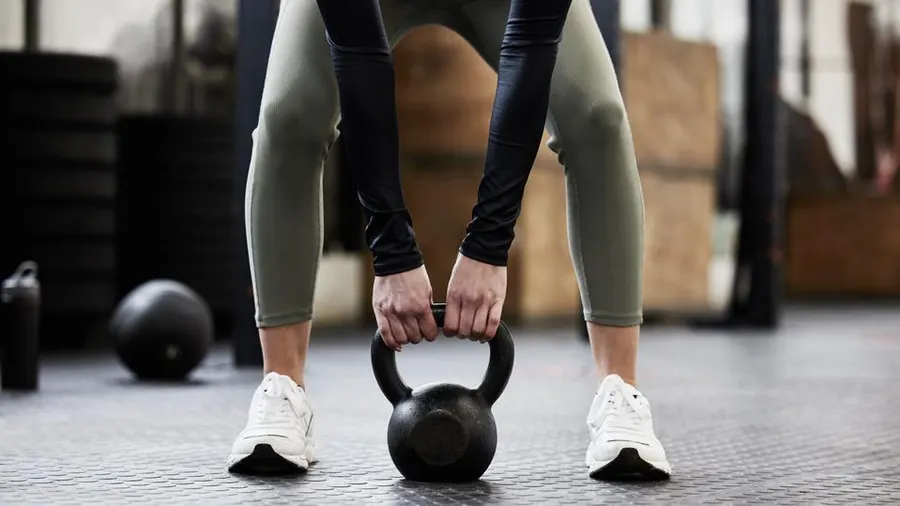
Types of Exercise for Weight Loss
Not all exercises are created equal when it comes to weight loss. Let’s explore various types of exercises and their impact on shedding those unwanted pounds. When shedding those extra pounds, a well-rounded exercise routine that includes different types of exercises can be highly effective. Let’s explore some of the most popular and impactful weight-loss exercise categories.
1. Cardiovascular Exercise
Cardiovascular exercises, often referred to as cardio, are excellent calorie burners. They increase your heart rate and keep it elevated for an extended period. Cardio exercises like running, cycling, and swimming are excellent calorie burners. They increase your heart rate and help you torch calories during and after your workout. This sustained effort results in significant calorie expenditure.
- Running: Running is a high-impact cardio exercise that can help burn many calories. It’s accessible and can be done almost anywhere.
- Cycling: Whether on a stationary bike or the open road, cycling is a low-impact exercise that can be tailored to your fitness level.
- Swimming: Swimming is a full-body workout that’s gentle on the joints. It provides both cardiovascular benefits and muscle toning.
- Brisk Walking: Walking briskly is an accessible and effective way to increase your heart rate and burn calories.

2. Strength Training
Strength training involves using resistance, such as weights or resistance bands, to build muscle. While it may not burn as many calories during the workout as cardio, it has a lasting impact on your metabolism.
- Weight Lifting: Lifting weights helps you build lean muscle, increasing your resting metabolic rate. This means you’ll burn more calories even when you’re at rest.
- Bodyweight Exercises: Exercises like push-ups, squats, and lunges use your body weight as resistance and can be effective for building muscle.
3. High-Intensity Interval Training (HIIT)
High-intensity interval Training (HIIT) workouts are known for their efficiency in calorie burning. They involve short bursts of intense exercise followed by brief recovery periods.
- HIIT Workouts: These can include exercises like jumping jacks, burpees, and sprints. The intensity of HIIT results in a high-calorie burn per minute.
4. Yoga
While yoga may not be as calorie-intensive as some other forms of exercise, it offers numerous benefits for weight loss.
- Mind-Body Connection: Yoga promotes mindfulness and can help reduce stress and emotional eating.
- Flexibility and Strength: Many yoga poses require strength and balance, helping to tone muscles.

5. Aerobic Dance
Aerobic dance classes like Zumba or dance aerobics combine cardio with dance moves, making exercise fun and engaging.
6. Sports and Recreational Activities
Participating in sports or recreational activities like tennis, basketball, or hiking can be an enjoyable way to stay active and support weight loss.
7. Group Fitness Classes
Joining group fitness classes at a gym or studio, such as spinning, step aerobics, or kickboxing, can motivate and structure your workouts.
8. Pilates
Pilates focuses on core strength, flexibility, and balance, making it a great complement to other forms of exercise.
9. Circuit Training
Circuit training involves moving from one exercise to another with minimal rest in between. It combines strength and cardio elements for an efficient workout.
10. Outdoor Activities
Engaging in outdoor activities like hiking, trail running, or gardening can contribute to weight loss while connecting you with nature.
The Importance of Regular Physical Activity
Exercise isn’t just about weight loss; it’s about overall health. Regular physical activity reduces the risk of chronic diseases, improves mood, and enhances quality of life.
1. Improves Cardiovascular Health
Participating in consistent physical activity, especially cardiovascular exercises like walking, running, and cycling, not only fortifies your heart but also enhances circulation. Consequently, this practice lowers the risk of heart disease, reduces blood pressure, and contributes to the overall improvement of cardiovascular health.
2. Weight Management
While we’ve discussed weight loss, regular physical activity is equally important for weight maintenance. It helps you avoid regaining lost weight and ensures a stable, healthy weight over the long term.
3. Reduces the Risk of Chronic Diseases
Regular exercise lowers the risk of chronic diseases such as diabetes, certain types of cancer, and osteoporosis. It also helps manage conditions like high blood pressure and cholesterol levels.
4. Enhances Mood and Mental Health
Exercise exerts a profound influence on mental well-being. Through the release of endorphins, which are natural mood enhancers, regular physical activity effectively diminishes the risk of depression, anxiety, and stress. Additionally, it fosters improved sleep patterns and enhances cognitive function.
5. Boosts Energy Levels
In contrast to the misconception that exercise depletes energy, it actually boosts your energy levels. Consistent physical activity elevates your stamina and diminishes fatigue, thereby simplifying everyday tasks.
6. Improves Muscle and Bone Health
Strength training and weight-bearing exercises help build and maintain muscle mass and bone density. This is especially important as we age to prevent muscle loss and reduce the risk of osteoporosis.
7. Enhances Flexibility and Balance
Activities like yoga and Pilates improve flexibility and balance. This reduces the risk of falls and injuries, particularly in older adults.
8. Promotes Longevity
Studies consistently show that individuals who engage in regular physical activity tend to live longer and have a higher quality of life later. Exercise helps you age gracefully.
9. Social Connection
Group activities and team sports provide an opportunity for social interaction and connection. Building bonds with others through physical activity can contribute to a sense of belonging and camaraderie.
10. Healthy Habits for Life
Regular exercise instills discipline and a sense of responsibility for your health. It encourages the development of lifelong habits that extend beyond the gym or the track.
11. Customizable and Accessible
Exercise is highly customizable to your preferences and fitness level. There’s an activity for everyone, whether it’s a brisk walk, a dance class, or weightlifting. You can also adapt your routine as needed throughout your life.
12. Fuels Creativity and Productivity
Physical activity has been linked to improved creativity and productivity. Taking breaks for short bouts of movement can refresh your mind and increase focus.
13. Setting an Example
Regular exercise sets a positive example for your friends and family, encouraging them to prioritize their health and well-being.

Health Benefits Beyond Weight Loss
Exercise offers a multitude of health benefits beyond shedding pounds. It improves cardiovascular health, boosts energy levels, and enhances sleep quality.
1. Improved Cardiovascular Health
Engaging in consistent physical activity not only fortifies the heart muscle but also diminishes the likelihood of heart disease while promoting optimal blood pressure and cholesterol levels. Additionally, it boosts the effectiveness of your circulatory system, thereby alleviating stress on your heart.
2. Enhanced Respiratory Function
Exercise improves lung function by increasing the capacity of your lungs. This results in better oxygen exchange, allowing your body to function more efficiently and reducing the feeling of breathlessness during physical activities.
3. Better Blood Sugar Control
Physical activity plays a crucial role in regulating blood sugar levels. It increases insulin sensitivity, making managing glucose easier for your body. This is particularly beneficial for individuals with or at risk of type 2 diabetes.
4. Stronger Muscles and Bones
Strength training and weight-bearing exercises build and maintain muscle mass and bone density. This improves physical performance and reduces the risk of osteoporosis and age-related muscle loss.
5. Enhanced Joint Health
Contrary to common belief, exercise is good for your joints. It helps lubricate the joints and strengthen the surrounding muscles, reducing the risk of joint-related problems.
6. Mental Health Benefits
Physical activity is a natural mood enhancer. It triggers the release of endorphins, which promote a positive mood and reduce stress and anxiety. Regular exercise can also aid in managing depression.
7. Cognitive Function
Exercise has been linked to improved cognitive function and a reduced risk of cognitive decline as you age. It enhances memory, problem-solving skills, and creativity.
8. Quality Sleep
Regular physical activity can lead to better sleep. It helps regulate your sleep patterns and contributes to a deeper and more restful sleep, leaving you feeling refreshed in the morning.
9. Stress Reduction
Exercise provides an excellent outlet for stress relief. Physical activity helps reduce the levels of stress hormones in your body and promotes relaxation.
10. Weight Maintenance
While not directly related to weight loss, regular exercise is crucial for maintaining a healthy weight. It prevents weight gain and helps you sustain the weight you’ve achieved through dietary changes.
11. Improved Digestive Health
Exercise can aid in improving digestion and reducing the risk of gastrointestinal issues. It promotes regular bowel movements and may alleviate symptoms of conditions like irritable bowel syndrome (IBS).
12. Longevity and Quality of Life
Regular physical activity has been associated with increased longevity and a higher quality of life in later years. It allows you to maintain your independence and mobility as you age.
13. Enhanced Immune System
Regular exercise can boost your immune system, making your body more resilient to infections and illnesses.
14. Pain Management
Exercise can effectively manage chronic pain conditions like back pain or arthritis. It strengthens the muscles supporting the affected areas and may reduce pain intensity.
15. Social Interaction
Participating in group activities or team sports provides opportunities for social interaction and the development of a support network, which can positively affect mental well-being.
Overcoming Obstacles to Regular Exercise
While exercise is crucial, many people face obstacles like lack of time or motivation. Find strategies to overcome these hurdles and stay on track.
Overcoming obstacles on your fitness journey is crucial to maintaining a regular exercise routine. Life can present challenges, but with the right strategies and mindset, you can conquer them and stay committed to your physical activity goals. Here are some common obstacles and how to overcome them:
1. Lack of Time
Prioritize exercise by scheduling it into your daily or weekly routine. Even short, intense workouts can be effective. Break your workout into smaller sessions, such as 15-minute intervals throughout the day.
2. Lack of Motivation
Explore activities that truly bring you pleasure, enabling you to inject enjoyment into your fitness regimen. Furthermore, set clear and achievable objectives, and consider partnering up with a workout buddy or hiring a personal trainer to enhance your commitment. To stay motivated, consistently monitor your advancements throughout your fitness journey.
3. Fatigue
Ensure you’re getting enough sleep and maintaining a balanced diet. Sometimes, a short, light workout can boost energy levels. Listen to your body and adjust your exercise intensity when necessary.
4. Injury or Health Issues
Consult a healthcare professional before starting or continuing an exercise routine, especially if you have underlying health conditions or previous injuries. They can guide safe exercises and modifications.
5. Weather or Location Constraints
Ensure you have backup indoor workout options available for inclement weather. You can invest in home exercise equipment or opt for gym memberships to gain access to indoor facilities. Additionally, when the weather permits, explore nearby parks and trails for outdoor exercise.
6. Family and Work Commitments
Communicate with your family and employer about your exercise goals. Involve your family in physical activities, and look for opportunities to combine exercise with work-related tasks, like walking meetings.
7. Boredom
Vary your exercise routine to keep things interesting. Try new activities, classes, or sports to prevent boredom. Music, podcasts, or audiobooks can make workouts more enjoyable.
8. Financial Constraints
You don’t need an expensive gym membership or equipment to exercise. Many free or low-cost fitness resources, including home workout videos and outdoor activities, are available online.
9. Self-Doubt or Negative Self-Talk
Cultivate a positive mindset. Remind yourself of your achievements and progress. Seek support from friends, family, or a therapist if negative self-talk is a barrier.

Conclusion
Exercise and physical activity constitute essential tools in the realm of weight loss and maintenance. They work in tandem with a balanced diet to assist you in attaining and preserving a healthy weight. It’s vital to remember that this endeavor isn’t solely about enhancing your appearance; it’s about fostering a healthier and more joyful life.
Frequently Asked Questions (FAQs)
Q: How much exercise do I need for weight loss?
Aim for at least 150 minutes of moderate-intensity exercise or 75 minutes of vigorous-intensity exercise per week for effective weight loss.
Q: Can I lose weight with diet alone?
While diet is essential, combining it with regular exercise accelerates weight loss and improves overall health.
Q: What if I have limited time for exercise?
Even short, high-intensity workouts like HIIT can effectively lose weight when time is a constraint.
Q: Is strength training necessary for weight loss?
While not mandatory, strength training helps build muscle, boost metabolism, and enhance weight loss results.
Q: How do I stay motivated to exercise regularly?
Find activities you enjoy, set achievable goals, and consider working out with a friend to stay motivated.


